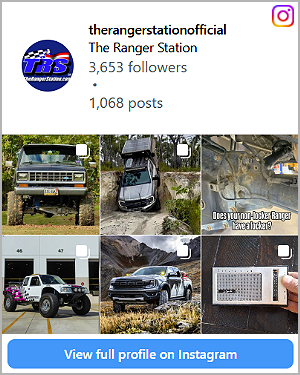sgtsandman
Aircraft Fuel Tank Diver
TRS Forum Moderator
⭐Supporting Member
TRS Event Participant
TRS 20th Anniversary
TRS 25th Anniversary
VAGABOND
U.S. Military - Active
Ham Radio Operator
GMRS Radio License
- Joined
- Mar 11, 2017
- Messages
- 16,442
- Points
- 601
- City
- Aliquippa
- State - Country
- PA - USA
- Vehicle Year
- 2019
- Vehicle
- Ford Ranger
- Drive
- 4WD
- Engine
- 2.3 EcoBoost
- Transmission
- Automatic
- Tire Size
- 265/70R17
- My credo
- Anything that can go wrong, will go wrong. Plan for it as best you can.
Replaced the antisway bar links. (Yes, I should've done it when I replaced the shocks. Never had to do them before.) It's a very easy job to do and would tell any new mechanic to try it. (Of course, mine were Florida rust free, so that made a major difference.)
I am confused though. We make a big deal about the diameter thickness of the antisway bar but the link that connects them is tiny in comparison.
They primarily only experience linear forces along it’s length. So, thickness of the bolt isn’t important. Just it’s strength along the length. Compared to other sway bar links I’ve worked on, they are pretty beefy. Even compared to the rear sway bar links on the Ranger and the Bronco II. Those are pretty spindly. Even compared to the ones my CR-Vs had in the front and back.















